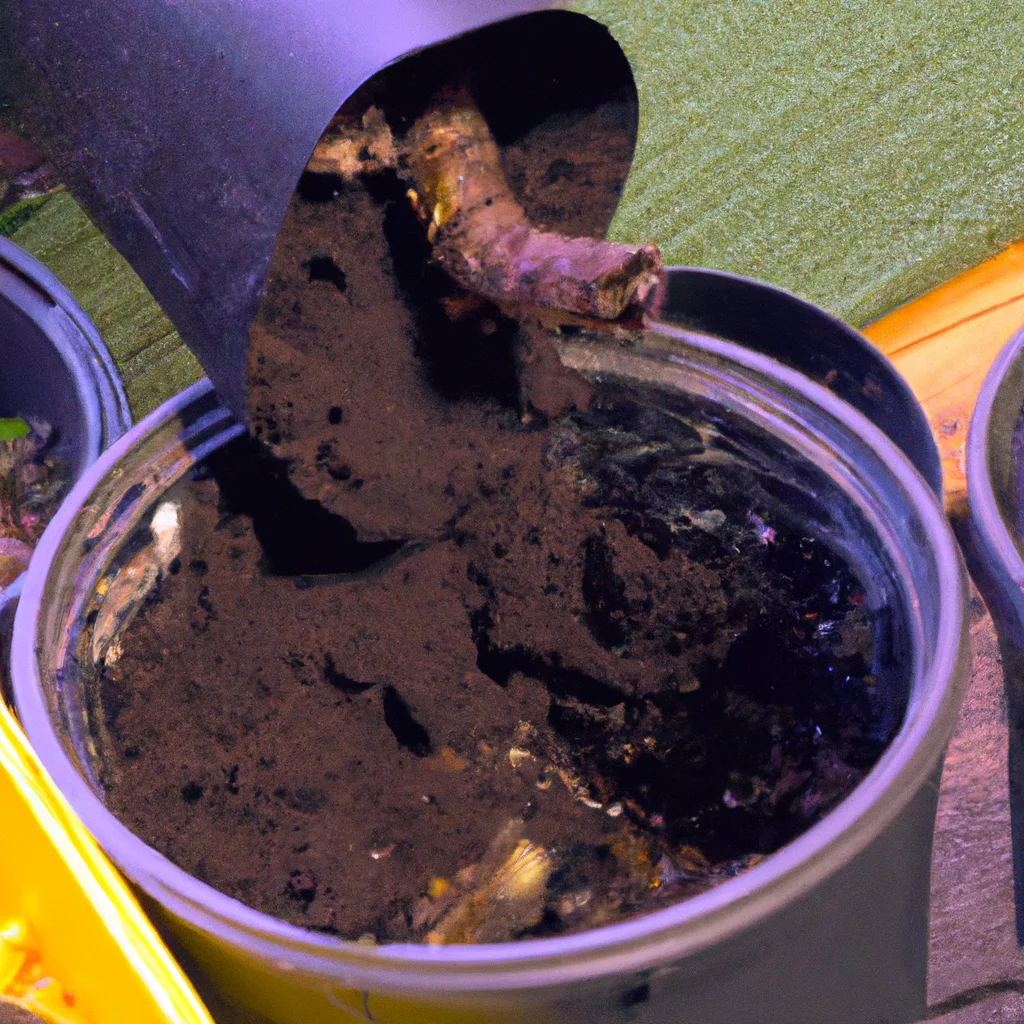How to set up a vermiculture composting system?


How to set up a vermiculture composting system?
Vermiculture composting is one of the most sustainable and environmentally friendly ways to manage organic waste. It involves using earthworms to break down organic waste materials, such as kitchen scraps, leaves, and grass clippings, into nutrient-rich fertilizer for gardening. In this article, we will provide a detailed guide on how to set up a vermiculture composting system from scratch.
1. Choose a Location
The first step in setting up a vermiculture composting system is to choose a suitable location. The location should be well-ventilated, protected from direct sunlight and rain, and easily accessible for adding and removing organic waste materials. You can set up your vermiculture composting system indoors or outdoors, depending on your preference and available space.
2. Choose a Container
The next step is to choose a container for your vermiculture composting system. The container should be large enough to accommodate the amount of organic waste materials you generate, but small enough to fit in your chosen location. You can use a plastic bin, wooden box, or a specialized vermicomposting bin that is designed for this purpose.
3. Prepare the Bedding
Once you have chosen a location and container, the next step is to prepare the bedding for your earthworms. Bedding provides a comfortable environment for the earthworms and helps to absorb excess moisture. You can use materials such as shredded newspaper, cardboard, coconut coir, or peat moss as bedding. Soak the bedding material in water until it is moist but not dripping wet.
4. Add Earthworms
The most critical component of a vermiculture composting system is the earthworms. Earthworms are the primary agents responsible for breaking down the organic waste material into nutrient-rich fertilizer. You can purchase earthworms from a local garden center or online. Red wigglers are the most commonly used earthworms for vermiculture composting.
5. Add Organic Waste Materials
Once you have prepared the bedding and added the earthworms, the next step is to start adding organic waste materials to the composting system. You can add kitchen scraps, such as fruit and vegetable peels, coffee grounds, eggshells, and tea bags. You can also add yard waste, such as leaves, grass clippings, and pruning. Avoid adding meat, dairy products, oily or greasy foods, and pet waste to your composting system, as they can attract pests and cause odors.
6. Maintain the Composting System
Once your vermiculture composting system is set up and running, you need to maintain it regularly. Keep the bedding moist but not too wet. Add food scraps regularly but avoid overfeeding the earthworms. Stir the composting material regularly to ensure proper aeration. Harvest the compost regularly by removing the mature compost and leaving the immature compost to continue decomposing.
Conclusion
Setting up a vermiculture composting system is a simple and effective way to manage organic waste and produce nutrient-rich fertilizer for gardening. By following the steps outlined in this article, you can set up your own vermiculture composting system and contribute to a more sustainable and environmentally friendly future.
Recent Posts
How do I create an engaging and informative online quiz or assessment?
Creating an engaging and informative online quiz or assessment can be a powerful tool for… Read More
What are the most effective methods for managing and reducing work-related stress in the hospitality industry?
Work-related stress is a common issue in the hospitality industry, where employees often face long… Read More
How can I improve my assertiveness and communication skills in a leadership position?
In a leadership position, assertiveness and effective communication skills are crucial for success. Being able… Read More
What are the key elements of a successful employee recognition and rewards program?
Employee recognition and rewards programs play a crucial role in motivating and engaging employees, as… Read More
How do I effectively manage and respond to customer feedback and reviews?
Customer feedback and online reviews play a crucial role in shaping a company's reputation and… Read More
What are the best strategies for effective time management as a stay-at-home parent?
Effective time management is crucial for stay-at-home parents who juggle multiple responsibilities on a daily… Read More